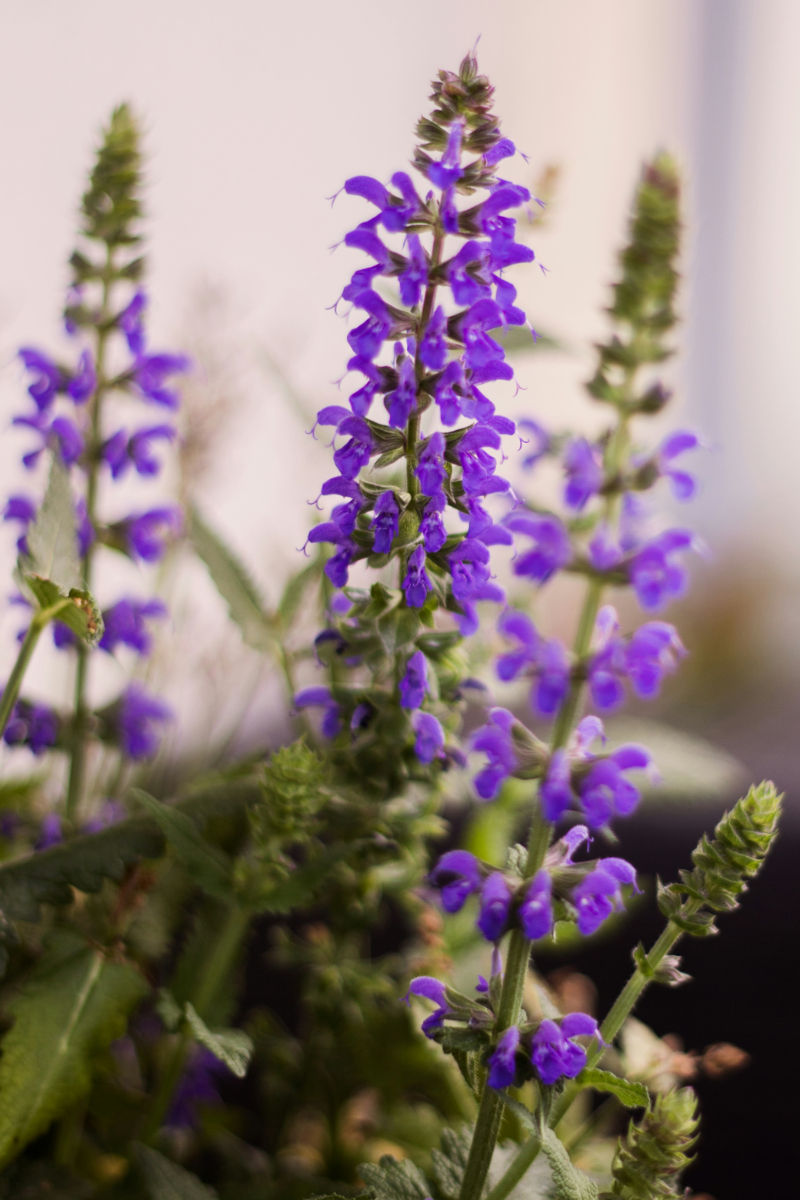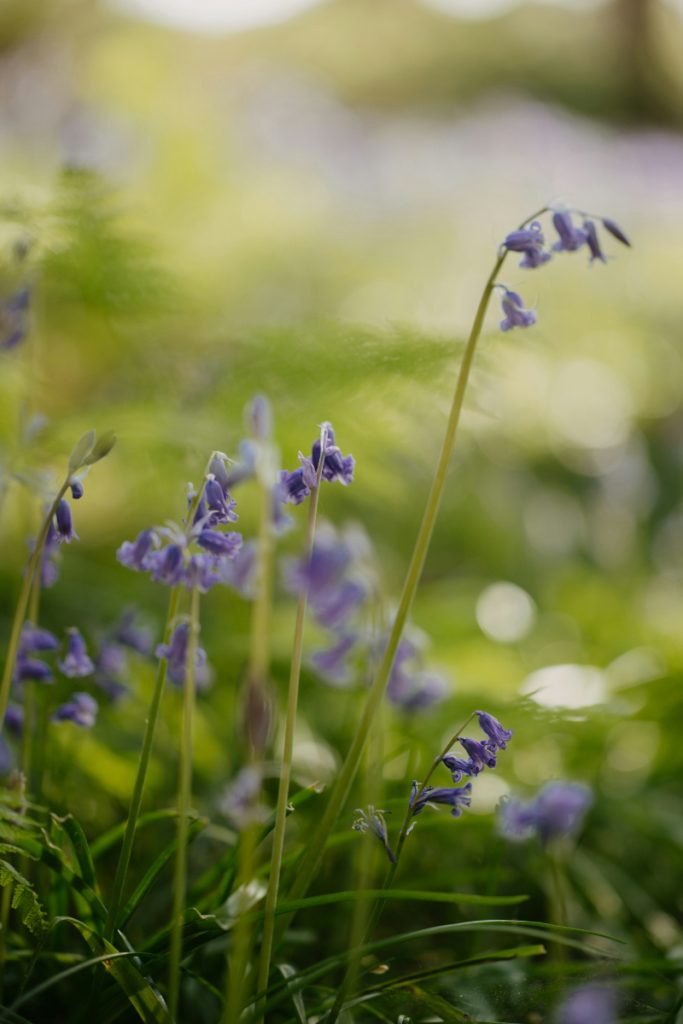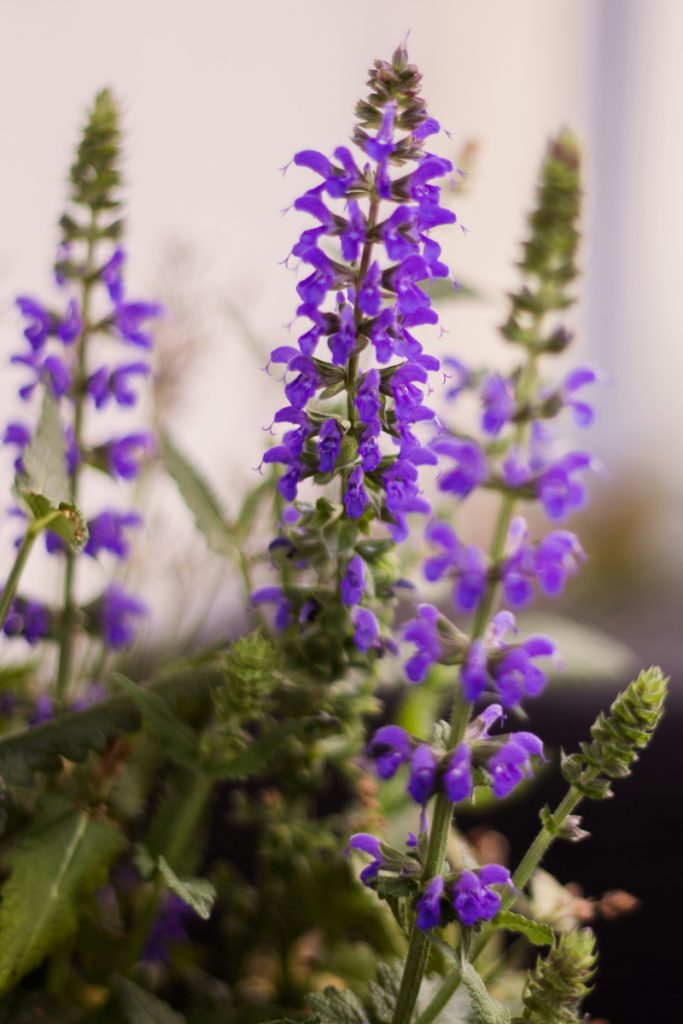
If you’re a lavender plant owner, you know how frustrating it can be to see your beloved plant slowly wither away. Whether it’s due to overwatering, poor soil drainage, pests, or diseases, watching your lavender plant die can be disheartening. However, there are steps you can take to save your dying lavender plant and bring it back to life.
One of the most common reasons why lavender plants die is overwatering. Lavender plants are native to the dry, sandy regions of the Mediterranean coast in Southern Europe, so they don’t require much water to thrive. If you notice that the soil around your lavender plant is constantly wet or waterlogged, it’s likely that you’re overwatering it. In this case, adjusting your watering habits and ensuring that the soil has proper drainage can help save your dying lavender plant.

Identifying the Problem
If you notice your lavender plant is not looking as healthy as it should, there are a few things you can look for to identify the problem.
Signs of Distress
The following are some common signs of distress that you should look for when trying to identify the problem with your lavender plant:
- Wilting Leaves: One of the most common signs of a dying lavender plant is wilting leaves. This can be caused by both overwatering and underwatering. Overwatering can lead to root rot, which prevents the roots from absorbing water properly. Underwatering, on the other hand, can cause the leaves to wilt and turn brown.
- Yellowing Leaves: Another common sign of distress is yellowing leaves. This can be a sign of nutrient deficiency or disease. If the yellowing is accompanied by stunted growth or leaf drop, it could be a sign of a more serious problem.
- Brown Spots on Leaves: Brown spots on the leaves can be a sign of fungal or bacterial infection. If left untreated, the infection can spread and eventually kill the plant.
Common Causes
Once you’ve identified the signs of distress, it’s important to determine the cause of the problem. Here are some common causes of lavender plant decline:
- Overwatering: Lavender plants prefer well-draining soil and can be prone to root rot if their roots are constantly sitting in waterlogged soil. Make sure to let the soil dry out between watering and avoid watering too frequently.
- Underwatering: On the other hand, if the soil is too dry, the lavender plant can become stressed and eventually die. Make sure to water the plant thoroughly and regularly, especially during hot and dry weather.
- Poor Soil Quality: Lavender plants prefer soil that is alkaline and well-draining. If the soil is too acidic or compacted, it can cause the plant to decline. Consider adding lime or sand to the soil to improve drainage and adjust the pH level.
- Pests and Diseases: Lavender plants can be susceptible to a variety of pests and diseases, including spider mites, aphids, and root rot. Inspect the plant regularly for signs of infestation or infection and take appropriate action to prevent further damage.
By identifying the signs of distress and common causes of decline, you can take the necessary steps to save your dying lavender plant.
Immediate Care Steps
If you notice your lavender plant is dying, there are a few immediate care steps you can take to save it. In this section, we will discuss some of the most important things you can do right away to help your plant recover.
Watering Techniques
One of the most common reasons why lavender plants die is due to overwatering or underwatering. Therefore, it is crucial to get the watering technique right. Lavender plants prefer to be on the dry side, so make sure the soil is well-draining and only water when the top inch of soil feels dry. Avoid overwatering, as this can lead to root rot.
When you water your lavender plant, make sure to water it deeply. This will encourage the roots to grow deeper into the soil, which will help the plant become more resilient. You can also add a layer of mulch to help retain moisture in the soil.
Sunlight Adjustments
Lavender plants thrive in full sun, but too much sun can also cause them to die. If your plant is getting too much direct sunlight, you can move it to a spot with partial shade. On the other hand, if your plant is not getting enough sun, you can move it to a sunnier spot.
Soil Considerations
Lavender plants prefer well-draining soil with a pH between 6.5 and 7.5. If the soil is too acidic or too alkaline, it can cause the plant to die. You can test the soil pH using a soil test kit and adjust it accordingly.
Additionally, lavender plants do not like to be planted in soil that is too rich in organic matter. If the soil is too rich, it can cause the plant to become too lush and weak, which can make it more susceptible to disease and pests.
In summary, by adjusting your watering techniques, sunlight exposure, and soil considerations, you can help save your dying lavender plant.
Long-Term Health
To ensure the long-term health of your lavender plant, it is important to establish a regular fertilization schedule and pruning practices.

Fertilization Schedule
Lavender plants benefit from regular fertilization to promote healthy growth and blooming. Use a balanced fertilizer with equal parts nitrogen, phosphorus, and potassium, such as a 10-10-10 or 5-5-5 formula. Apply the fertilizer once in the spring and once in the fall, following the instructions on the package for the correct amount to use based on the size of your plant.
In addition to regular fertilization, consider adding organic matter to the soil around your lavender plant. This can include compost, aged manure, or other organic materials. Mix the organic matter into the soil around the base of the plant, being careful not to disturb the roots.
Pruning Practices
Proper pruning practices are essential for the health and longevity of your lavender plant. Prune your lavender plant in the spring, after the last frost, to remove any dead or damaged branches. This will promote new growth and help prevent disease.
In addition to spring pruning, consider pruning your lavender plant again in the fall to remove any woody growth and promote new growth in the spring. Be sure to use sharp, clean pruning shears and make clean cuts at a 45-degree angle.
Regular pruning will help keep your lavender plant healthy and prevent it from becoming too woody or overgrown. It will also promote healthy blooming and improve the overall appearance of your plant.
By establishing a regular fertilization schedule and pruning practices, you can ensure the long-term health of your lavender plant and enjoy its fragrant blooms for years to come.
Preventive Measures
If you want to keep your lavender plant healthy and prevent it from dying, there are a few preventive measures that you can take. In this section, we will discuss two important preventive measures: pest control and seasonal care.
Pest Control
Pests can be a major problem for lavender plants, especially if they are not properly taken care of. Some common pests that can affect lavender plants include aphids, spider mites, and thrips. To prevent these pests from infesting your lavender plant, you should regularly inspect your plant for any signs of infestation.
If you notice any pests on your plant, you should immediately take action to get rid of them. One effective way to control pests is to use natural pest control methods such as introducing beneficial insects like ladybugs or lacewings. You can also use organic pesticides that are safe for your plant and the environment.
Seasonal Care
Lavender plants require different care depending on the season. During the growing season, which is usually from spring to fall, you should water your plant once every two weeks. However, during the winter, you should not water your plant at all.
In addition to watering, you should also prune your lavender plant regularly to promote healthy growth. Deadheading, which involves removing spent blooms, can also help your plant produce more flowers.
Finally, it is important to provide your lavender plant with adequate sunlight. Lavender plants require at least six hours of direct sunlight each day, so make sure to place your plant in a location that receives plenty of sunlight.
By taking these preventive measures, you can keep your lavender plant healthy and prevent it from dying.





